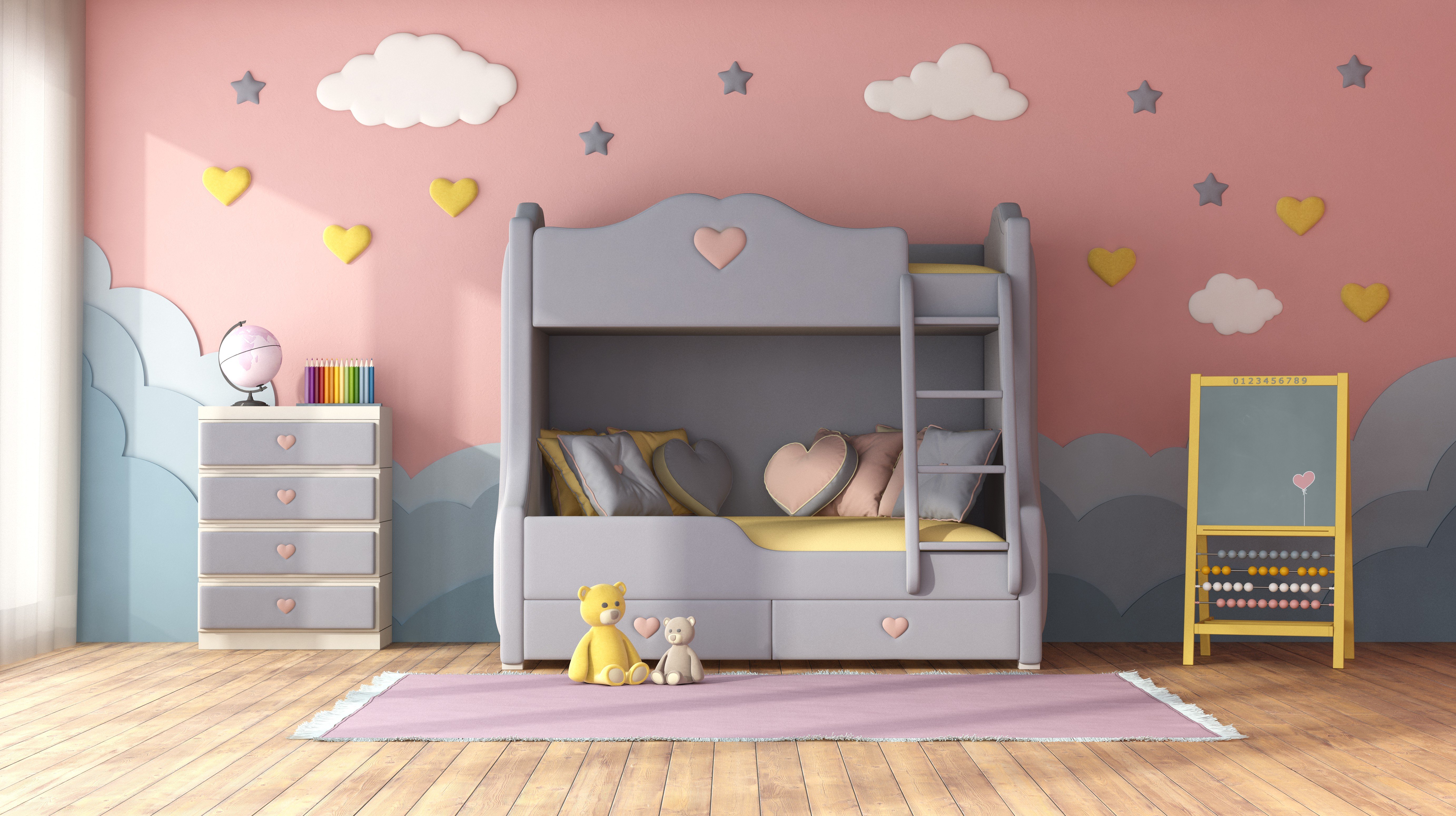Exploring Bunk Beds: A Comprehensive Guide
Bunk beds have long been a staple in kids's bedrooms, dorm rooms, and even homes with limited space. Not only do they provide a practical sleeping solution, however they likewise create an enjoyable and imaginative environment for kids and a great space-saver for adults and households. This short article will explore whatever you need to understand about bunk beds, from types and products to safety ideas and purchasing advice.
Tabulation
- Types of Bunk Beds
- Traditional Bunk Beds
- Loft Beds
- Triple Bunk Beds
- L-Shaped Bunk Beds
- Material Options
- Wood
- Metal
- Safety Considerations
- Purchasing Guide
- Frequently asked questions
Kinds Of Bunk Beds
Bunk beds are available in numerous designs to fit different needs and preferences. Here's a breakdown of the most common types:
Conventional Bunk Beds
Traditional bunks generally include 2 beds stacked vertically on top of one another. These beds are perfect for siblings sharing a space or for making the most of sleeping space in guest rooms.
Loft Beds
Loft beds stand similarly to traditional bunk beds but do not have a lower sleeping location. Instead, they frequently incorporate a desk or seating area beneath, making them a great choice for little spaces needing multifunctionality.
Triple Bunk Beds
Triple bunk beds are created for 3 occupants, with beds stacked in a three-tier configuration. These are less common but can be a fun service for large households or sleepovers.
L-Shaped Bunk Beds
With one bed positioned horizontally and the other vertically, L-shaped bunk beds are frequently equipped with additional features such as desks or storage drawers and can match corner areas in a space.
Contrast of Bunk Bed Types
| Bed Type | Perfect Use | Description |
|---|---|---|
| Conventional | Shared bedrooms or visitor rooms | 2 beds stacked vertically |
| Loft | Little rooms needing multi-purpose space | Upper bed with open space beneath |
| Triple | Large households or slumber parties | 3 beds stacked vertically |
| L-Shaped | Corner or flexible spaces | A combination of vertical and horizontal beds |
Product Options
Bunk beds are manufactured from different materials, with wood and metal being the most common. Each material has its advantages and disadvantages.
Wood
- Toughness: Generally robust and can stand up to years of use.
- Visual Appeal: Offers a classic look that can mix with different decors.
- Weight Capacity: Typically sturdier; can support heavier weights.
- Disadvantages: May be more costly than metal alternatives and can be prone to scratches.
Metal
- Sturdiness: Generally light-weight and easy to move but still tough.
- Modern Design: Often comes in streamlined styles, making it appealing for modern areas.
- Cost-efficient: Usually less costly than wood options.
- Downsides: Can be cold to the touch in winters and might not have the very same visual appeal for some buyers.
Security Considerations
When it pertains to bunk beds, security can not be neglected. Here are crucial security suggestions to bear in mind:
- Guardrails: Ensure that the top bunk has guardrails on both sides to prevent falls.
- Strong Construction: Check for a solid develop and durable products to withstand weight and motion.
- Weight Limit: Adhere to the manufacturer's weight limit for both the upper and lower bunks.
- Ladder Design: Choose bunks with a safe, easy-to-climb ladder and prevent any sharp edges or rungs.
- Age Restrictions: Most makers recommend that kids under the age of 6 must not sleep in the upper bunk.
Purchasing Guide
When shopping for bunk beds, think about the following aspects to discover the very best fit for your needs:
- Space Availability: Measure the room size and ceiling height, ensuring there is adequate space for the top bunk.
- Bed Size: Decide in between twin, full, or larger sizes based on your needs and the size of the space.
- Design Preference: Consider the overall decoration of the bedroom to discover an ideal style.
- Ease of Setup: Look for a bunk bed that is uncomplicated to put together.
- Budget plan: Bunk beds can be found in numerous price varieties, so identify a spending plan before starting your search.
FAQs
1. What is the suggested age for children to sleep on the leading bunk?
Kids aged 6 and older are normally advised to sleep on the top bunk to reduce the threat of falls.
2. How can I make my bunk bed much safer?
To enhance security, ensure guardrails are effectively installed and check that the bed is put on a flat surface area. Furthermore, encourage children to use the ladder thoroughly.
3. Can I transform a bunk bed into 2 separate beds?
Many bunk beds are created to be convertible. Check the manufacturer's requirements for convertibility features.
4. What devices are offered for bunk beds?
Typical devices include bed linens, storage drawers, staircases rather of ladders, and tented canopies for an enjoyable visual appeal.
5. How do Cheap Childrens Bunk Beds preserve my bunk bed?
Routine checks for loose screws or structural integrity can assist make sure security. Dust the bed routinely and tidy spills immediately to keep the materials in good condition.
Bunk beds are versatile and a space-efficient option for different living situations, from kids's spaces to guest accommodations. With many designs and materials offered, prospective buyers have a wealth of options to consider, guaranteeing a mix of practicality and looks. By focusing on safety and following the pointers described in this guide, individuals can find the ideal bunk bed that fits their space and lifestyle, all while developing a pleasurable sleeping environment.

